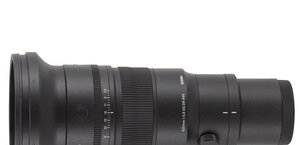Samyang AF 24-70 mm f/2.8 FE
5. Chromatic and spherical aberration
Chromatic aberration
The fact that the optical construction of the tested lens features as many as three ED lenses made from low dispersion glass suggests that the producers tried to limit chromatic aberration to the necessary minimum. Still, photos below prove that they weren't so successful in practice.In the middle of the focal range the situation remains quite good because the colouring of out-of-focus images is slight. At the maximum focal length it deteriorates a bit and the aberration, described here, becomes noticeable not only at the maximum relative aperture but also on stopping down the lens to f/4.0.
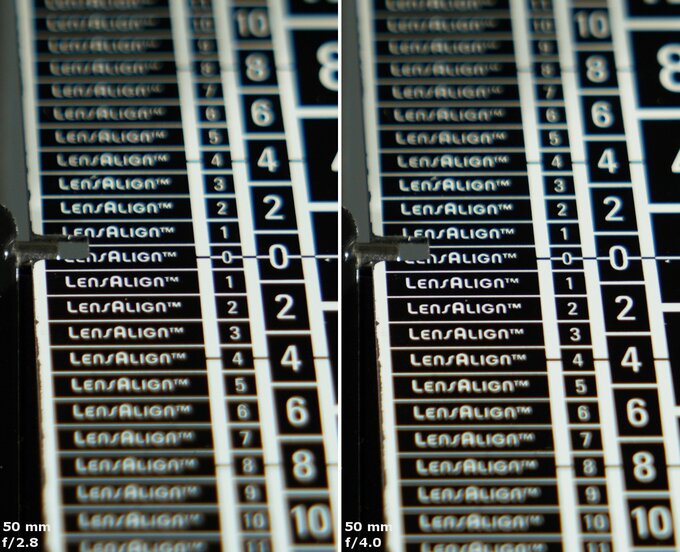 |
Please Support UsIf you enjoy our reviews and articles, and you want us to continue our work please, support our website by donating through PayPal. The funds are going to be used for paying our editorial team, renting servers, and equipping our testing studio; only that way we will be able to continue providing you interesting content for free. |
- - - - - - - - - - - - - - - - - - - - - - - - - - - - - - - - - - - - - - - - - - - - - - - -
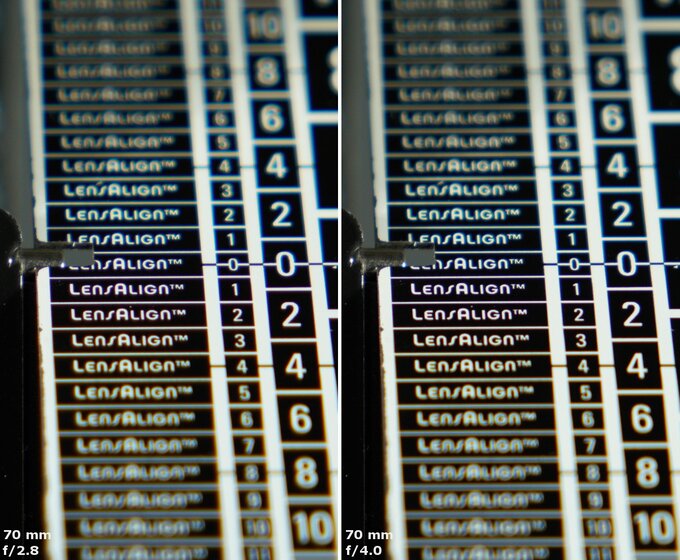 |
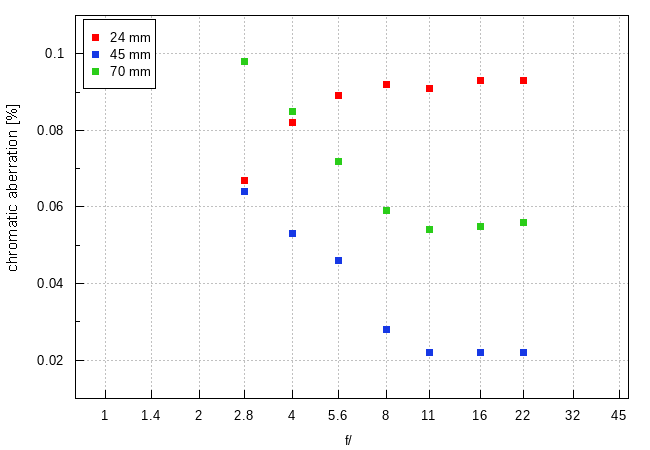
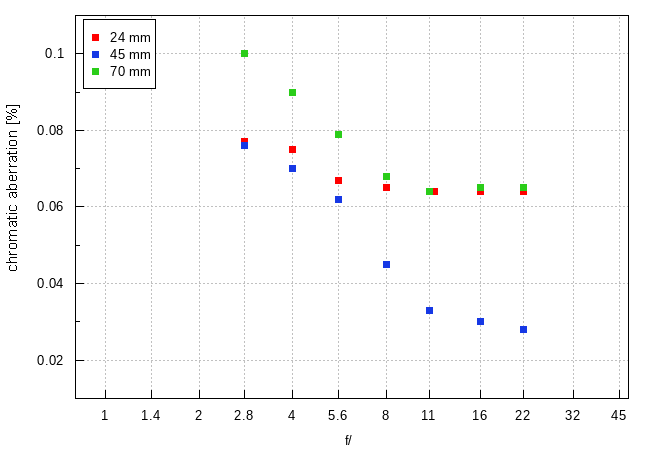
We have no reservations concerning the performance in the middle of the focal range, where aberration decreases with stopping down the aperture and its level is low or very low everywhere.
Very interesting results can be observed at the shortest focal length. On the edge of the APS-C sensor the values increase on stopping down the aperture and on the edge of full frame they decrease. Maximum values exceed here 0.09% so are approaching medium levels.
Most problems can be observed near the maximum relative aperture at the 70 mm focal length, where the results amount to about 0.1%. It's officially still a medium value but it also can be noticed in real life photos.
It's worth noticing that the rival Sigma A 24-70 mm f/2.8 DG DN showed here a much more even performance, never exceeding 0.09%.
| A7R III, RAW, 45 mm, f/16.0 | A7R III, RAW, 70 mm, f/2.8 |
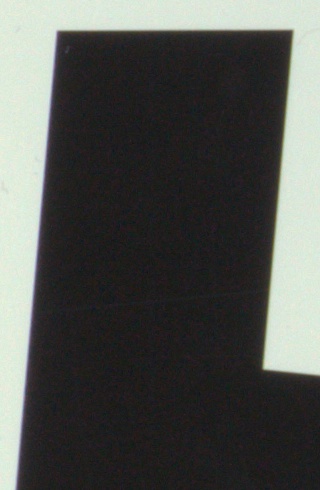
|
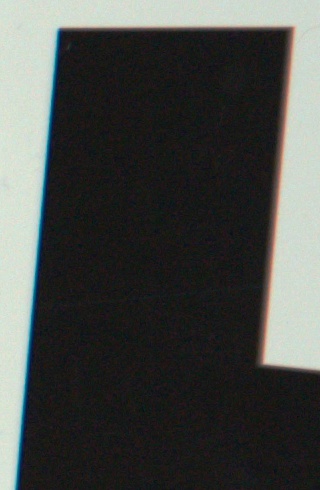
|
Spherical aberration
First photos of this chapter don't show any noticeable focus shift effect. When it comes to defocused circles of light, there are visible differences only on their edges, in a form of different intensity of the rim. All that indicates that problems related to spherical aberration are slight - the tested lens should be praised in this category.
| A7R III, 50 mm, f/2.8, before | A7R III, 50 mm, f/2.8, after |
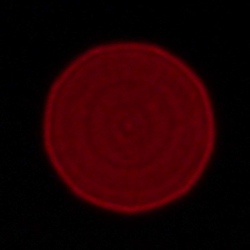
|
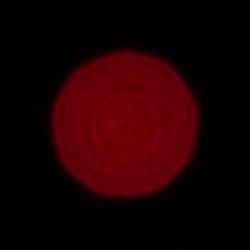
|
| A7R III, 70 mm, f/2.8, before | A7R III, 70 mm, f/2.8, after |
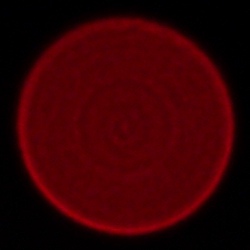
|
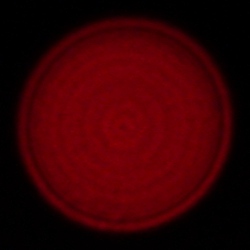
|




